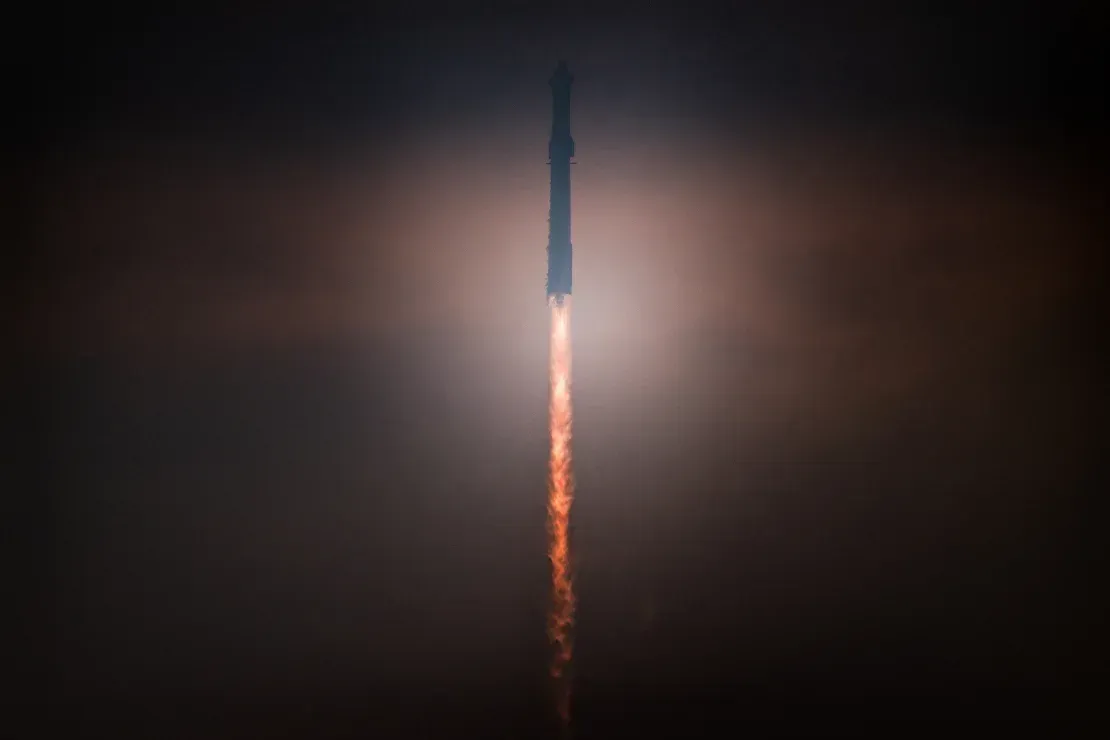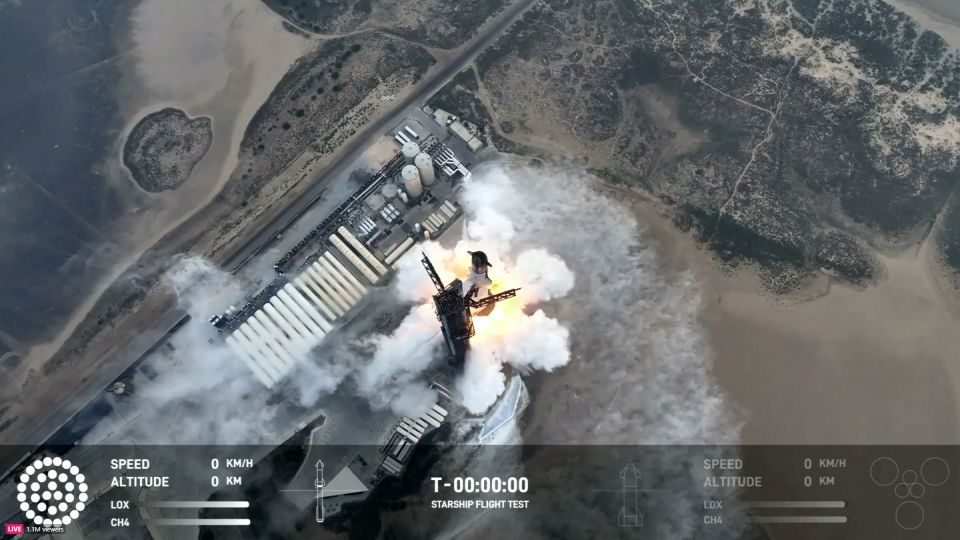SpaceX Soars Through New Milestones in Test Flight of Most Powerful Rocket Ever Built
SpaceX's Starship achieved significant milestones in its latest flight, showing reusability and marking a big step towards future space missions.

SpaceX’s Starship, the most powerful launch vehicle ever constructed, achieved significant milestones in its fourth test flight on Thursday, demonstrating the vehicle's potential for reusability. The uncrewed launch was the company’s second test of 2024 and marked a major step forward in SpaceX's ambitious space exploration goals.
The Launch
The launch took place at 7:50 a.m. CT (8:50 a.m. ET) from SpaceX’s private Starbase facility in Boca Chica, Texas. Millions of viewers tuned in to watch the event live on X, formerly known as Twitter. The Starship launch system comprises the upper Starship spacecraft and the Super Heavy rocket booster. During this test, 32 out of the rocket’s 33 engines ignited, propelling the vehicle towards its objectives.
Achieving Key Milestones
The test flight achieved several critical milestones, including the survival of the Starship capsule upon reentry and the successful splashdown of both the capsule and booster. For the first time, the Super Heavy booster executed a landing burn and achieved a soft splashdown in the Gulf of Mexico about eight minutes after launch.
Meanwhile, the Starship capsule successfully entered orbit and began its controlled reentry approximately 50 minutes post-launch. The spacecraft’s heat shield endured the extreme temperatures of Earth's atmosphere, with colorful plasma seen around the vehicle. Despite some scorching and debris blocking the camera view, the capsule managed to achieve its planned landing burn in the Indian Ocean.

Reactions and Impact
Elon Musk, SpaceX founder and CEO, celebrated the achievement on X, noting the spacecraft's performance despite damages during reentry. The Starship is protected by about 18,000 lightweight, ceramic hexagonal tiles designed to withstand reentry heat.
NASA Administrator Bill Nelson also praised the successful flight, highlighting its importance for the Artemis program, which aims to return humans to the Moon and eventually reach Mars.
Overcoming Challenges
The launch faced a minor delay due to a ground-side issue that required intervention from SpaceX’s red team. The Federal Aviation Administration (FAA) had granted approval for the test just two days prior.
This flight came on the heels of Boeing’s successful crewed mission launch of Starliner, a competitor under NASA’s Commercial Crew Program. Each of Starship’s test flights builds on previous experiences, incorporating lessons learned to enhance future performance. The team made several software and hardware upgrades to the launch system based on past flights.
Learning from Past Flights
SpaceX’s first two attempts to reach orbital speeds in 2023 ended in explosions. These failures are part of SpaceX's "rapid spiral development" approach, which involves quickly building prototypes and testing them to the point of destruction to gather data and improve designs. This method has allowed SpaceX to make swift advancements in rocket development.
The nearly hour-long third test flight in March 2024 achieved significant milestones but ended in failure post-reentry. The fourth flight aimed to refine these developments, successfully incorporating changes to enhance engine performance and control.
Future Prospects
Starship's success is crucial to SpaceX's mission of sending humans to Mars. The spacecraft has been selected by NASA for the Artemis program to return humans to the Moon. In this mission, Starship will play a pivotal role in ferrying astronauts from lunar orbit to the Moon's surface.
The spacecraft’s ability to refuel in space, demonstrated in previous flights, is critical for long-term missions. Future lunar missions will require multiple refueling trips to ensure Starship can carry out its objectives.
The first astronaut landing under the Artemis program is expected as soon as September 2026, underscoring the urgency and importance of these test flights. As SpaceX continues to refine Starship, each successful test brings humanity closer to achieving these ambitious goals.